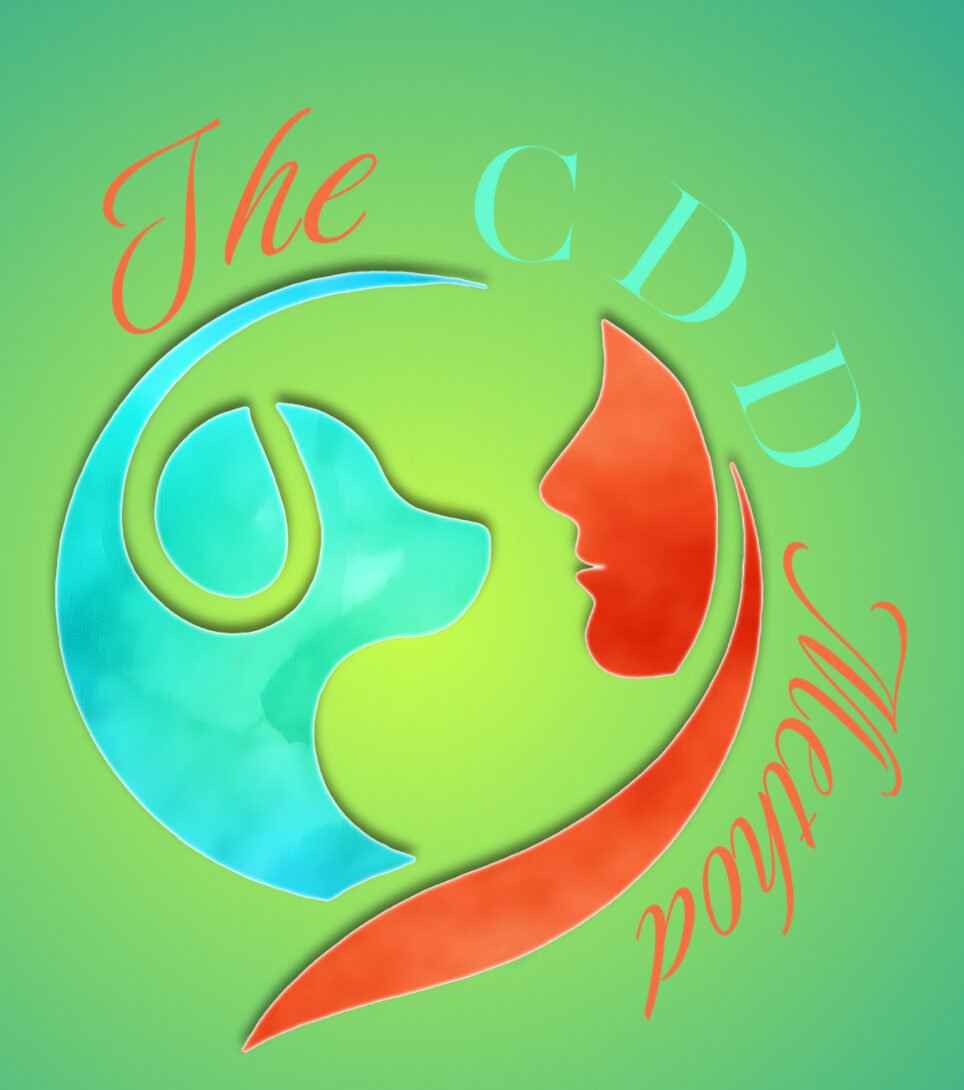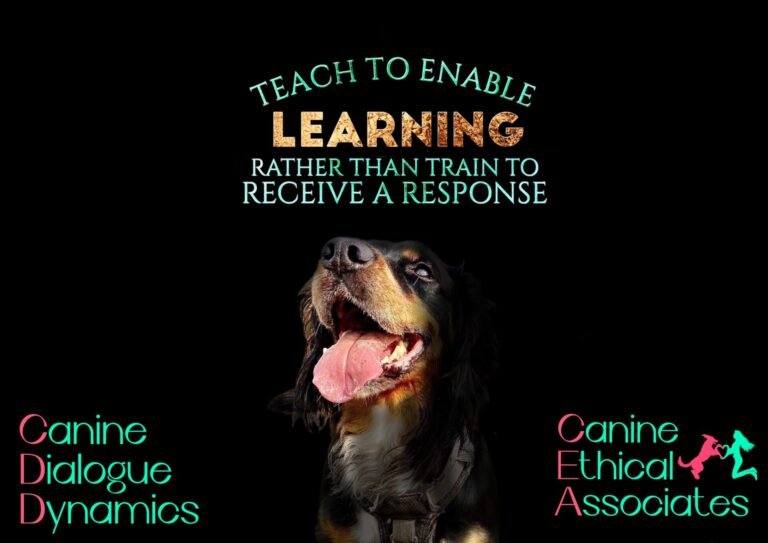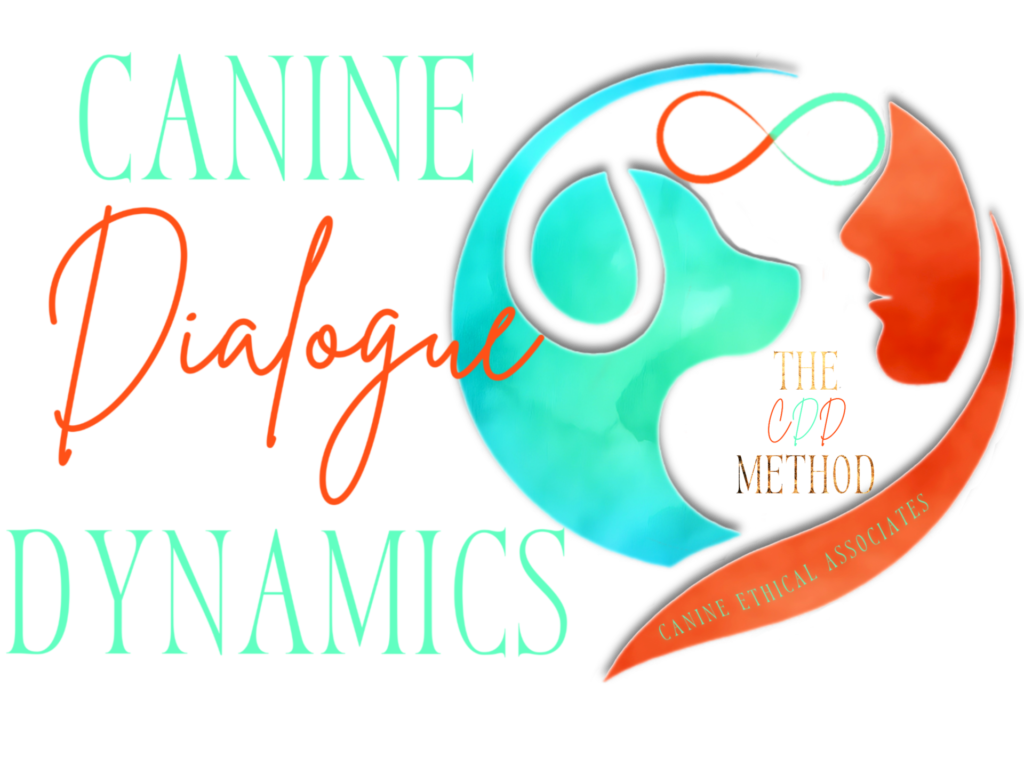
When it comes to finding a professional to help you with your dog’s behaviour and training, the terminology used can be confusing and, at times, misleading. Terms like “force-free,” “positive reinforcement,” and “ethical” may sound reassuring, but unfortunately, they don’t always reflect the practices behind them. In this blog, we’ll dive into commonly used terms, their true meaning, and how to ensure you’re choosing a professional who aligns with your values and your dog’s well-being.
The True Meaning of “Force-Free”
“Force-free” is a term that should mean exactly what it says—no force, pressure, or coercion is used to make dogs comply with commands or training expectations. Unfortunately, some trainers and behaviourists use this term as a marketing strategy while still incorporating force, corrections, or aversive methods when the dog doesn’t behave as desired.
Force-free, at its core, means no physical or psychological manipulation, no punishments, and no tools that cause discomfort. However, it also extends beyond this. Even the use of treats can be coercive if done in a way that overrides the dog’s needs or forces them into situations they’re not comfortable with. True force-free training is mindful, respectful, and seeks to work with the dog’s emotional and physical well-being in mind. It’s about communication, not control.
The Hidden Meaning of “LIMA”
“LIMA” stands for Least Intrusive, Minimally Aversive. While it sounds progressive and gentle, it’s often used by “balanced trainers” who claim to use force-free methods until they don’t work. When a dog doesn’t respond to positive reinforcement, trainers who follow LIMA principles may then turn to aversive tools, corrections, or force to achieve results.
In essence, “LIMA” is a loophole that allows some trainers to justify the use of force when they feel it’s necessary. If you are looking for a truly ethical, force-free professional, be cautious if you see the term LIMA, as it often signals a willingness to revert to coercive methods.
Positive Reinforcement and Purely Positive – Clearing the Confusion
“Positive reinforcement” is a widely misunderstood term. While it refers to rewarding the dog for desired behaviour to encourage repetition of that behaviour, many mistakenly believe it’s the same as “Force Free.” Positive reinforcement suggests a style of training where no corrections or punishments are used—only rewards. However, it can be, and often is, used alongside forceful, corrective training. Even positive reinforcement alone, when misused, can become coercive if the dog is being pressured into performing behaviours in exchange for food or other rewards.
The term positive reinforcement is often misunderstood. While it may sound like it’s all about positive treatment of dogs, it’s actually a mathematical term rooted in the four quadrants of operant conditioning. In this context, “positive” simply means adding something (like treats or praise) to increase a behaviour, while “negative” means removing something. The term alone doesn’t refer to the ethical aspects of training, and it’s important to realise that positive reinforcement doesn’t automatically mean force-free or compassionate training. It’s simply one part of a learning theory and doesn’t always reflect the values you may be looking for.
Similarly, “purely positive” is another term that is often misinterpreted. It’s not a scientific or officially recognised concept, but is commonly used to describe a training approach that avoids punishment and focuses entirely on rewards. However, much like positive reinforcement, the term “purely positive” doesn’t guarantee that the training is ethically sound. It might suggest a focus on rewards, but it doesn’t ensure that the dog’s emotional well-being, autonomy, or comfort are being fully respected.
Of course, there are many excellent, compassionate, and ethical trainers who use terms like positive reinforcement or purely positive and genuinely practice what they preach. These trainers often combine these terms with more descriptive language, such as ethical, dog-centric, force-free, or relationship-based. They are also typically transparent about their methods and values, ensuring that their approach is clear and that the dog’s welfare is always the top priority. When working with these professionals, you’ll often find a deeper explanation of how they use positive reinforcement, alongside a holistic approach to teaching that prioritises your dog’s well-being.
When you hear terms like “positive reinforcement” or “purely positive,” it’s important to dig deeper. These terms alone don’t tell you much about the ethics of the training methods being used. If you want to be sure that your dog is being treated with respect, care, and empathy, you’ll need to assess more than just these labels—look for words like ethical, dog-centric, and check for real-world evidence of how the trainer works with dogs. Always consider how the dog is being treated beyond the language of positive reinforcement.
Dog-Centric, Ethical, Tool-Free – What Do They Really Mean?
- Dog-Centric: This term suggests that the dog’s well-being, preferences, and natural behaviour are central to the approach. A dog-centric professional prioritises the dog’s needs and works in a way that allows the dog to express themselves without pressure or force.
- Ethical: Ethical dog training goes beyond just avoiding aversive methods. It means that the trainer prioritises the dog’s mental, emotional, and physical welfare at all times. They work in a compassionate, holistic manner, ensuring the dog’s comfort and consent throughout the process.
- Tool-Free: This term is used to indicate that no aversive tools—like shock collars, prong collars, or slip leads—are used. However, be cautious, as some trainers may claim to be “tool-free” but still use these tools selectively or subtly. Tool-free should mean that nothing is used to cause discomfort or pain.
Choosing the Right Professional: What to Look For
f you’re looking for a truly ethical, force-free professional, here are some things to consider:
• Check Their Terminology: Be mindful of the language they use. “Force-free” should not be combined with terms like “corrective,” “balanced,” or “tools.” Professionals who are genuinely force-free will often use words like ethical, dog-centric, and other similar terms. Some examples would be the use of these; terms or anything similar
- • Relationship-Based
- • Calm Communication
- • Dog-Centric
- • Choice-Based
- • Ethical Training
- • Holistic Teaching
- • The CDD Method
- • Connection-Based
- • Respectful Guidance
- • Emotional Regulation
- • Natural Learning
- • Stress-Free Approach
- • Force-Free Teaching
- • Autonomy-Focused
• Look for Consistency: If a professional claims to be force-free but mentions using corrections or aversive tools, that’s a red flag. True force-free trainers should not be using methods that cause discomfort, fear, or pain, no matter how they are justified.
• Review Their Credentials: Always check the professional’s qualifications. Look for certifications or experience that reflect their commitment to ethical training. Many reputable trainers will have a background in animal behaviour, welfare, and Force Free methods.
• Examine Their Photos and Videos: Visual cues can tell you a lot. Are the dogs in the images wearing shock collars, slip leads, or other aversive tools? Do the dogs look happy, relaxed, and joyful, or do they appear robotic, stiff, or stressed? Watch for subtle signs of stress in the dogs, like lip licking, yawning, or avoidance, which may indicate discomfort that’s being ignored by the trainer.
Final Thoughts: Trust Your Gut
When it comes to choosing the right professional for your dog, trust your instincts. If something feels off or the terminology seems misleading, dig deeper. Ethical dog training should be about teaching, not controlling. It should foster a relationship based on trust, respect, and understanding, rather than fear or force.
Remember: just because someone uses the term “force-free” or “positive” doesn’t mean they practice what they preach. Always look for the language and actions that reflect true ethical standards, and don’t hesitate to ask questions to ensure your dog’s welfare is truly being prioritised.
From Command to Conversation: Transforming Canine Connections.
Bethany Bell
Bethany Bell – Canine Ethical Associates






